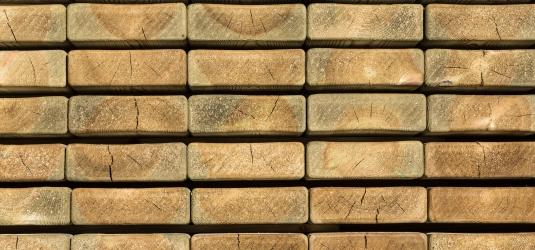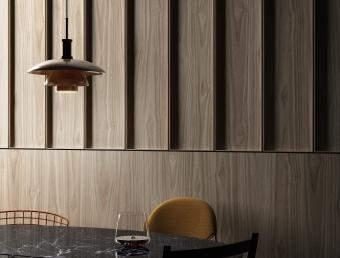
Wood treatment in autoclave
What is autoclave treatment?
The autoclave treatment is one that introduces protective agents to the wood to increase its durability. Natural wood found outdoors tends to degrade more quickly, since it is exposed to multiple factors that affect its integrity: fungi, insects, weather factors, UV radiation, humidity... This treatment protects the wood from these factors.
How is autoclaving performed?
The autoclave treatment method for wood is very simple: the wood is placed in a tank specially created to withstand high pressure and protective products are applied.
First, the wood is introduced into the tank, where pressure is applied to cause the cells of the wood to open. Afterwards, the product that will allow this protection to be created in the wood is introduced into the tank. In most cases, it is a compound of copper (water-soluble copper salts) and other chemicals. These protective agents penetrate the wood after hydraulic pressure is applied, forcing them into the first layer (about 2mm) of the wood. After this process the wood is stored.
Autoclaved wood normally has a greenish hue. This is due to the water-soluble salts, which is the most used product for this treatment. Although other products that do not discolour the wood can also be used.
Advantages of autoclaved wood
• Greater resistance of wood in outdoor areas against insects and fungi.
• Greater durability against the natural degradation of wood outdoors.
• Ability to locate certain types of wood outside, when without proper treatment they would not be suitable, such as pine.
• Improves the stability of the wood
• Possibility of also applying fire retardant or fire-retardant products.
• Expenses are reduced, since the wood lasts longer, and it is not necessary to change it as often.
What applications does autoclave-treated wood have?
Autoclave-treated wood is usually used for exterior construction, battens, wooden walkways, street furniture, fencing, fences, posts, rail guards, docks, bridges, carpentry, etc.



